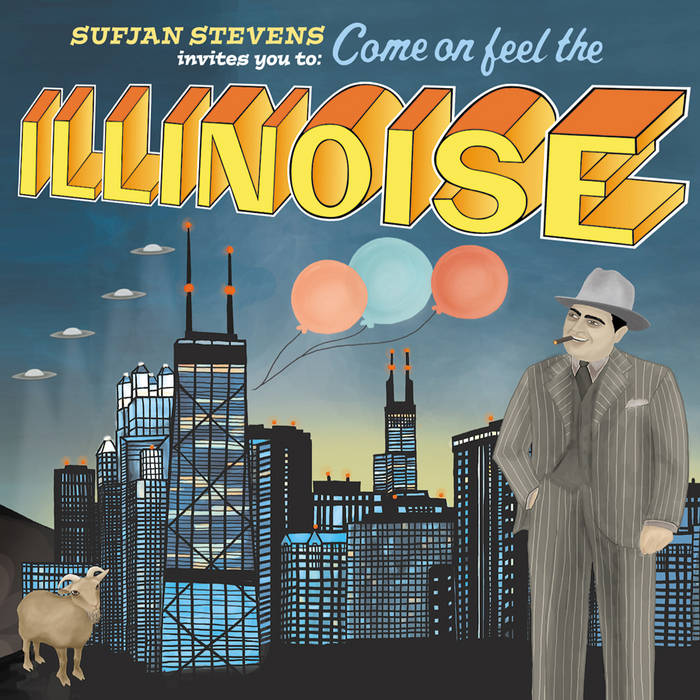The Hyde Park Art Center’s new exhibit, Julian Williams: Recent Paintings, poses the question, how do our emotions and beliefs color the way we see the world? At the same time, it asks, how does what we see affect how we feel? Featuring ethereal, abstract landscape paintings, Recent Paintings compels the viewer to put himself in the shoes of another person and see the world through his or her eyes.
Best-known for his racially charged series of portraits painted in the ’90s, Williams, a graduate of the Art Institute of Chicago, has been a staple of the South Side art scene for years. But his new series makes a dramatic departure from earlier work. His landscapes, abstract and emotional, are entirely devoid of a human presence.
At the same time, the new paintings unmistakably reflect a mood or a certain person’s way of looking at things. The titles of his paintings, like “Dreams of Rothko” and “Ellah,” are often allusions to famous artists and literature as well as religious songs and cultural traditions. Each title gives a sense of the point of view of the person or group of people whose eyes are viewing the landscape depicted in the painting. It’s as if Williams has reversed the perspective of his work: Instead of painting portraits, he’s painting from the perspective of his subjects.
Williams paints a variety of different landscapes to evoke powerful and often conflicting feelings with his use of light and color. Some of the paintings look as if they are depicting a landscape from another planet, some look like they are part of somebody’s dream world, and others look rather familiar but somehow removed from reality. Additionally, the paintings appear radically different depending on where you stand when you are looking at them. In this way, Williams brings home the importance of perspective in yet another sense.
Williams’s use of color is probably the most impressive part of his work in an aesthetic sense. In his landscapes, he depicts both land and sky with a rich mix of colors, each of which becomes more apparent when the painting is viewed from different angles. Many of his landscapes would more appropriately be called “skyscapes,” because Williams spends a great deal of artistic energy on creating his skies. In some pictures, the sky is filled with light; in others, it looks dark and desolate. In “Hibernation,” Williams’s masterful use of color reaches its apotheosis. By creating a luminous sheen, he manages to render a fairly realistic representation of an icy lake, complete with the sense that there is a deep well of water hidden beneath the icy exterior. Williams even manages to capture the reflective quality of the water. The richness of the waters’ colors contrasts nicely with the duller color palette of the expansive blue-gray sky, which completes the image and makes it at once forlorn and beautiful.
Some of Williams’s paintings are particularly poignant. “Cheyenne,” named after a Plains Indian tribe, shows a sunset on the plains, the colors blurred so that the painting’s gorgeous red-gold sky looks like it’s being viewed through a cascade of tears. But the magnificence of “Blue Moon” rivals that of “Cheyenne”: Through the fog of the clouds, you can see a blue moon in an otherwise desolate landscape. The scene looks natural and heavenly all at once. “Aftermath” is equally as compelling; the eerie wasteland landscape creates a definite sense of destruction and discomfort. In these works, Williams successfully makes his audience feel the emotions of the person through whose eyes one sees the image depicted in the painting.
Other paintings are far too abstract to be immediately accessible. “Ellah” is jarring because of its green sky and is not nearly as emotionally compelling or aesthetically pleasing as his other paintings; “Dreams of Rothko” is more beautiful than “Ellah,” and definitely grows on you the more you look at it, but it lacks the kind of emotional punch Williams’s other paintings have.
The best of Williams’s work is both beautiful and inspiring, and, although some of his paintings are perplexing, the series as a whole raises interesting questions about the way human beings experience the world and our ability to understand one another. The concept for the painting series is brilliant, and the execution of the project is, for the most part, very successful.








